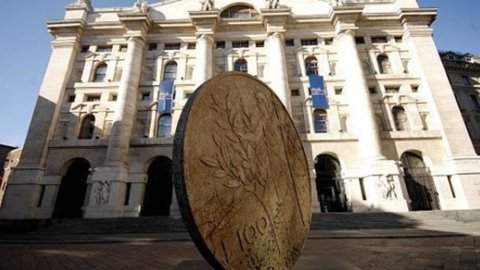Against a backdrop of heightened volatility triggered by the Fed and China-related concerns, the CEE region, despite its heterogeneity, appears better positioned than most other major markets to weather potential downturns. Weak currency and price movements in the Region during the recent turbulence have turned it into a "safe haven" for investors in these markets. This is supported by the "CEE Quarterly" report published by UniCredit for the fourth quarter of 2015.
The solidity of the EEC-EU
Growth in the CEE-EU (new EU members in Central Europe, including Bulgaria, the Czech Republic, Hungary, Poland, Romania and Slovakia) continued briskly in the second quarter and short-term indicators suggest that the trend will also continue in the third quarter. We expect real GDP to grow 2-3,5% throughout this year, slightly above potential. While growth was initially led by exports thanks to the recovery in the EU, now it is domestic demand that plays a key role. Falling unemployment, firmer wage growth and record-low inflation boosted consumption, while increased use of EU funds boosted investment.
Meanwhile, the countries' trade balance is strong: export growth remains solid, albeit below the impressive pace achieved in the first quarter of 2015, and the current account is in surplus or close to balance. Numerous external financing supports currencies and the perception of creditworthiness.
“Finding itself in a condition of reduced direct exposure to China and with an advantage on the commodity price side – explained Lubomir Mitov, Chief CEE Economist of Unicredit -, the CEE-EU is increasingly seen as a safe haven among MYSELF".
As for the other countries in the region, Turkey has failed to take adequate advantage of positive developments in the EU, falling oil prices or excess global liquidity.
Russia is the one that has been most affected by the inversion of the raw materials cycle. Since oil and natural gas accounted for 75% of exports and ensure almost half of state revenues, the new decline in oil prices that began in July significantly impacted the economy, already weakened by the sanctions. In the second quarter of 2015 Ukraine, affected by an unprecedented financial and geopolitical crisis, seems to have started towards recovery, at least from an economic point of view. Real GDP, industrial production and retail sales stabilized during the summer or showed the first signs of growth, albeit from a very low level.
Croatia and Serbia have come out of the recession thanks to the recovery of the Eurozone, even if the growth of both will be less than 1% this year due to the reduced share of exports to the area. Unlike the EEC-EU, internal demand is still far from recovery, hampered by macroeconomic imbalances which have influenced confidence and conditioned political choices.
Outlook: increasingly divergent
Growth forecasts are seen to be increasingly divergent for CEE sub-regions. Our near-term projections are based on the assumptions of another slight acceleration in EA and US growth, a stabilization in commodity prices in 2016 with moderate growth potential, a soft landing in China and a gradual path up rate changes. The ECB will likely continue the QE program as initially planned.
“Based on these hypotheses – explains Lubomir Mitov – the global context for the EEC should be positive. However, the outlook is widely different in the different sub-regions and reflects the diversity in terms of macroeconomic fragility, EU integration, policies and the state of reforms. Based on these criteria, the EEC-EU is in the best position to benefit from the favorable global context.
Next year, CEE-EU growth should remain solid, still above potential. A slight slowdown can be expected in the countries that have relied most on EU funds for investment, with a foreseeable decline in use during the transition between the two EU budgets everywhere except in Poland. However, the slowdown in EU-financed investment should be compensated, for the most part, by the strengthening of consumption, the difficulty of finding new workforce which should lead to broader wage growth. With well-balanced growth, trade balances should remain stable. Given the preponderance of foreign direct investment flows and the strength of fundamentals, the risks to external financing are very small if any.
In essence, the CEE region, despite its diversity, appears better positioned than most other large EMs to weather potential downturns.





